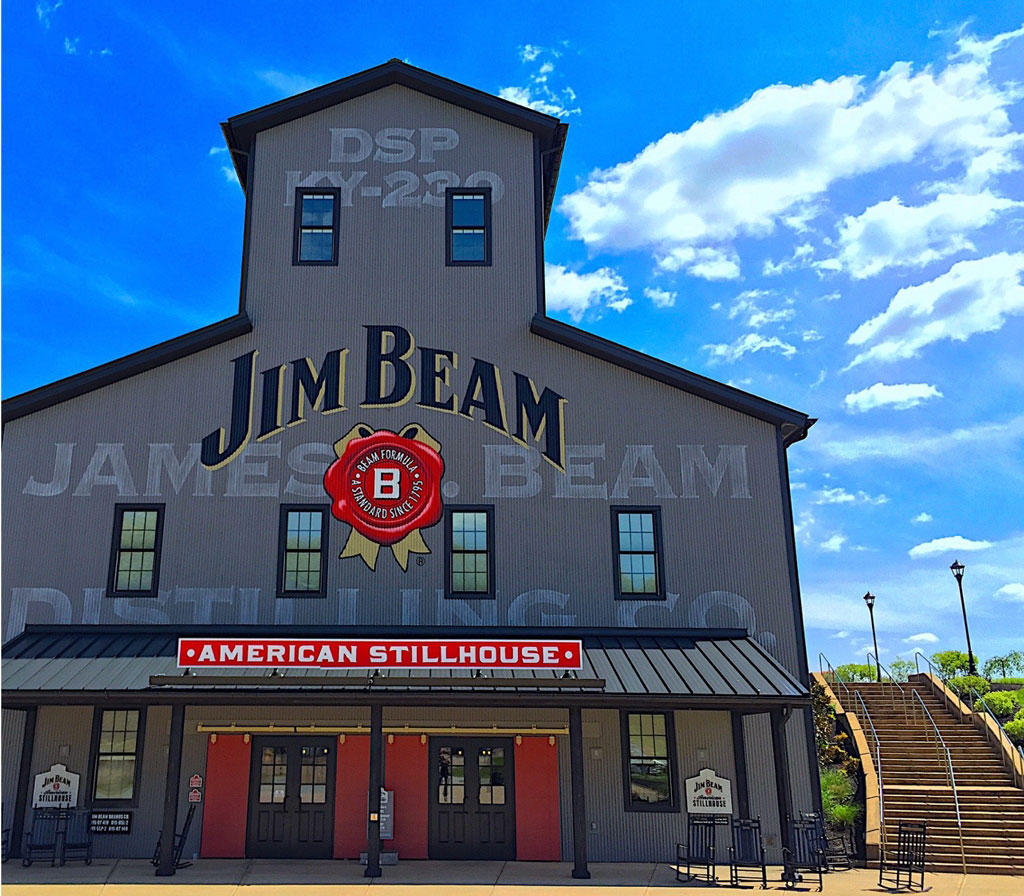National Whiskey Styles and the Differences Between Them
Bourbon Whiskey
Under American federal law, bourbon must be made from a grain recipe with at least 51% corn and distilled to a strength not greater than 80% alcohol. The latter is at least ten points weaker than what is allowed in Canada, Ireland or Scotland. It must be then aged in new, charred oak barrels and bottled at a strength of at least 80 proof (40%). To be designated “straight bourbon,” the whiskey must be aged for at least two years. As it turns out, only the least of the mass market bourbons on the market are aged for the minimum two years (excepting small barrel aged products).
Canadian Whiskey
Two main characteristics differentiate Canadian whiskey from the whiskey distilled across the border in America. First, Canadians favor corn and rye in their grain recipes. Corn whiskey is typically used as a base, and then a rye-heavy whiskey is blended in for flavoring. Second, Canadians can distill their whiskey to above 90% alcohol, which is a more European approach. Canadian law mandates at least three years worth of aging in oak casks.
Irish Whiskey
Irish whiskey is defined by the Irish Whiskey Act of 1980. Besides the obvious qualification of being distilled in either the Republic of Ireland or Northern Ireland, the whiskey must be made from grain, distilled to a concentration of no greater than 94.8% alcohol and aged for at least three years in a wood cask. That’s it – the law does not even specify the use of oak for the aging barrels.
However, there is more to Irish whiskey than what the law requires. The grain recipes usually combine malted and unmalted barley with other cereals. In addition to blended whiskey, Irish whiskey might be single malt or single grain. The definition of the latter pair of terms is much looser in Ireland than in Scotland. Also, in Ireland peat is rarely used to malt the grain for a single malt, so even a malt-heavy Irish whiskey is unlikely to have a smoky character. Also, Irish whiskey is usually distilled three times, as opposed to the double distillation which is the standard in Scotland. There are exceptions, and often these exceptions pull Irish whiskey in the direction of scotch, as is the case with the twice-distilled Connemara Peated Irish Malt. As a rule, the Irish style is lighter and smoother than the other whiskey-making traditions.
The Japanese started commercial whiskey production in the 1920s, and to a large extent imitate the Scottish style. Early distillers in Japan were very conscientious about reproducing Scottish methods, even to the extent of setting up shop in Yoichi, which is the closest Japan has to Scotland’s cool, gloomy climate. The characteristic that defines Japanese whiskey the most, however, is how fiercely competitive Japanese distillers are when it comes to their blended products. It is not uncommon for distillers in other parts of the world to buy whiskey from rival distilleries if that is what it takes to blend out a batch of whiskey and achieve a consistent product. The Japanese might import whiskey from Scotland and mix it into their blends, but borrowing from their domestic competitors simply is not done. The result is that a Japanese blended whiskey might have a very distinctive style of the sort usually reserved for a more premium product, which could be strongly peaty, packed with floral citrus, or heavily sherried.
Other American Whiskeys
Thanks to Jack Daniels, Tennessee whiskey is the most famous whiskey in America after bourbon. The Tennesseean way of making whiskey is very similar to the methods perfected by their northern neighbors in Kentucky, but with the added step of the Lincoln County Process. Prior to going into the casks for aging, Tennessee whiskey is filtered through a column packed with chunks of maple wood charcoal.
Another style of whiskey popular in America is rye whiskey, which requires a grain recipe of at least 51% rye. This type of whiskey was very popular in America prior to prohibition, and is in the midst of a nascent revival.
Wheat whiskey is currently limited to Bernheim Original, and must be made with at least 51% wheat. Distinct from bourbon whiskey is corn whiskey, which requires a mashbill of at least 80% corn.
Scotch Whiskey
The legal definition of what is scotch whiskey is governed by British law. To be scotch, a constituent whiskey must have malted barley in the grain recipe, and must be distilled to a strength not greater than 94.8%. It must be both made and aged entirely in Scotland, with at least three years of aging to take place in oak barrels with a capacity no larger than 700 liters. The only legal additives for scotch whiskey are water and caramel coloring, and the whiskey must be bottled at at least 40% alcohol content.
The three major types of scotch are blended, vatted malt and single malt. Blended scotch is made from grain whiskey (whiskey made with grains other than, but including malted barley) and malt whiskey (all malted barley), drawn from a variety of distilleries. Vatted malt is a blend of malt whiskeys drawn from a variety of distilleries, and single malts are malt whiskeys blended from batches made at just one distillery.
Newcomers to whiskey might observe that scotch routinely features aging periods of 12 to 18 years, while a typical small batch bourbon has been aged only six years. The lengthier aging period is actually indicative of Scotland’s colder climate rather than a more rarefied whiskey. The warmer weather found in the whiskey-making regions of the United States mean less time is needed to achieve the same degree of maturity in the whiskey. Even so, it is hard to deny a certain status goes with a whiskey that has been in the barrel for 20, 25 or even 30 years.




